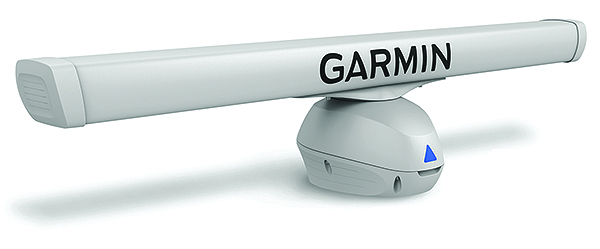
Boat Radar Package: How Can They Help Sailboats?
Like many other pieces of fish locating equipment and GPS, you will be impressed by the multiple functions found in these incredible radar systems. Once you have been introduced to the world of fish finders, and really see what these incredible electronic products do, you will be impressed.
Boat radar Package are a big part of the experience at sea or in the larger lakes. They are like robots that can tell you what is ahead, behind and under your boat using a sonar that sends a radar echo and returns to the screen and shows information about the terrain, depth and water temperatures. Most come with high-resolution screens and no reflections. Some units are constructed using designs of IC microwave receivers. Some units can interconnect with other navigation equipment, plotters, and even sirens. Most provide exceptional power and reliability.

The worst nightmare of a cruise ship is being hit by a merchant ship, especially at night, far from the coast. However, statistics show that this is much more likely to occur near the coast on occupied shipping routes where the density of these large vessels is much higher.
Therefore, a boat radar package is a necessity that all cruise ships should have. Recent tests have shown that they are not necessarily as effective, depending on their positioning in the rigging, the heel of their boat, another disorder in the area and the sensitivity of the receivers of nearby boats, to name a few. There is a lot written about this topic that you can investigate.
However, a reflector permanently installed on top of your rig is an additional element that can help alert the shipment that is in the same quadrant of water that is. Many other factors come into play as if the other ship registered its presence. Is there a clock in your radio room at that time? Is your boat heel? All this could hinder the possibility of the other shipment seeing it.
Much has been discussed regarding the unfortunate accident close to the Isle of Wight in August 2006 involving large P & O ferry and yacht Ozor. The collision or near collision caused the sinking of the yacht and the drowning of the three crew members. As the yacht itself has never recovered, this incident remains a mystery of the sea. However, it was known that 'Ouzo' had a radar reflector, it is unknown if he was in position at that time. There is an interesting report that you can read on the Internet and that you can easily find by touching the 'Ouzo' collision report.
They may not be fully effective, but under the title of any additional equipment that may alert an approaching merchant ship, having a reflector attached is the best marine practice and no cruiser must go to the sea without one.
They come in two basic forms: one is formed by segments (octahedral), which can be assembled, and hung on the rig, not ideal for long journey. The other, and in my opinion, the best option for cruisers is the tubular type that can attach to its upper deck and leave it in position permanently. I placed mine on the starboard deck above the top spreader. There are several manufacturers, which make these reflectors and you can see the range in any quality channel. You can evaluate them initially on the Internet, where you will find illustrations and prices for your local market.
A boat that is equipped with radar and AIS (Automatic Identification System) will certainly prove helpful 'on-board package' for modern cruisers.
© Copyright Jim Maier's